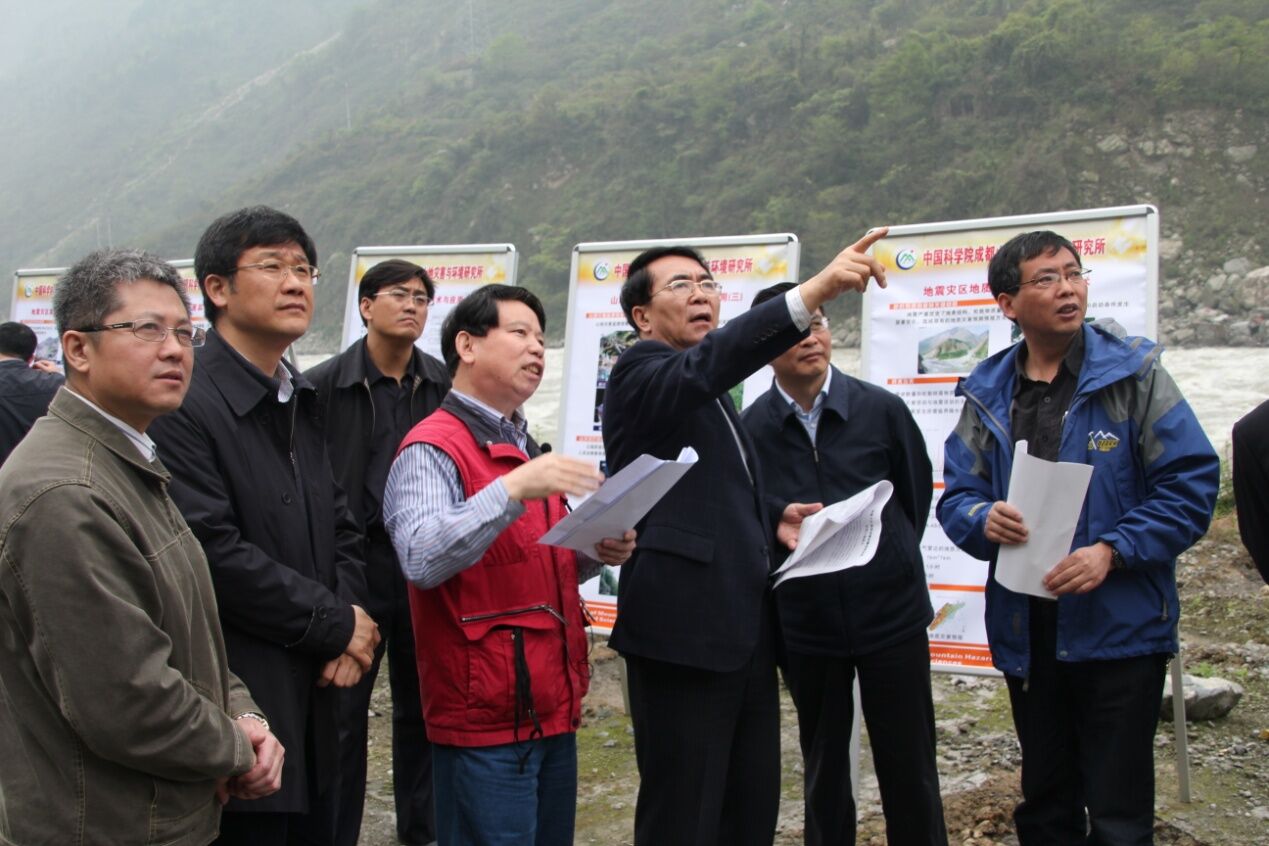Being the largest carbon (C) pool in terrestrial ecosystem, agricultural soil is suffering serious organic carbon erosion since the dawn of agricultural civilization. Soil organic carbon (SOC) is known as a core element of global C cycle, and as a consequence its slight variation will evoke drastic fluctuation of C balancebetween the atmosphere and the soil sphere, thus affecting global climate change. In the light of significance in both sustainable agriculture and climate change, the fate of eroded SOC has long been received much concern. Nonetheless, there is an ongoing debate regarding soil erosion acting as a C source ora C sinkin the previous studies due to the poor understanding of the redistribution of erodedlabile C fractions in agricultural soils.
Against this scientific issue, Prof. Zhang Jianhui of the Institute of Mountain Hazards and Environment, Chinese Academy of Sciences (IMHE, CAS) and Dr. Nie Xiaojun from Henan Polytechnic University (HPU) conducted a study in a water- and tillage-eroded soil from hilly areas of the Sichuan Basin, China, to assess the impact of soil redistribution on various organic carbonsby usingthe 137Cs tracing technique. The C components studiedincluded particulate organic C (POC), light fraction organic C (LFOC), dissolved organic C (DOC) and microbial biomass C (MBC).
This study showed that the depletion of both POC and LFOC pools were induced by soil erosion and their enrichment were induced by soil deposition. The higher SOC stocks in depositional sites were related to the movement of eroded POC and LFOC within a landscape. The LFOC was preferentially transported downslope in the process of water erosion. Water erosion caused greater depletion of POC and DOC than tillage erosion. It was also suggested that more SOC may be assimilated into MBC under tillage erosion than water erosion, which provides an insight intothe dynamic replacement of erosion-depleted SOC.
According to their findings, the researchershighlighted that different organic C fractions play different roles in the process of SOC erosion. Besides this, the combined effects of water and tillage erosion on soil C dynamics should be considered in eroded agricultural landscapes.
This research was supported by both the National Natural Science Foundation of China (Grant No.41001157). The research achievements have been published in Soil and Tillage Research 155 (2016)1-8.
Full text URL: http://www.sciencedirect.com/science/article/pii/S0167198715001518
